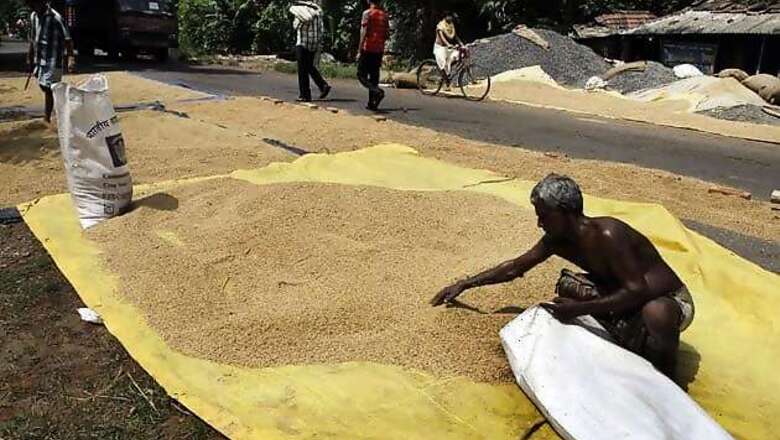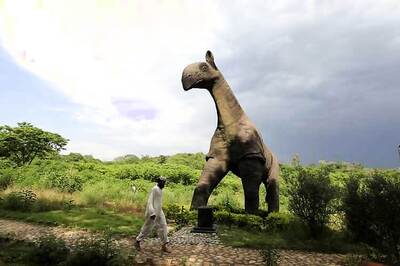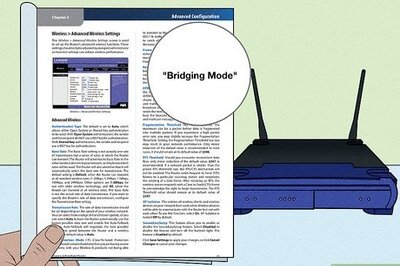
views
New Delhi: If you could spend more than Rs 28 per day and lived in a town, or Rs 22 per day and lived in a village, you were above the poverty line. This is Planning Commission's new poverty line for the year 2009-2010.
According to its most recent estimates, 52 million people moved out of poverty between 2005 and 2010. For rural areas, poverty is down from 42% to 33% while for urban areas, it is down from 26% to 21% between 2004-05 and 2009-10.
Poorer states of Bihar, Uttar Pradesh and Chhattisgarh have shown a marginal decline in poverty. Odisha and Madhya Pradesh have also shown a significant decline, with the former being the great exception showing a 20% decline. And five North Eastern states of Assam, Meghalaya, Mizoram, Manipur and Nagaland have actually shown an increase in poverty.
As Abhijeet Sen says, "It is also the case that the relative ranking across castes or religion has not really changed. Those who used to be poorest are still the poorest. But it is also the case that poverty has declined for all of them."
Expectedly, the Planning Commission's new estimates have re-ignited the debate on poverty – What is poverty? How must it be measured? Who is poor? Biraj Patnaik, Principal Advisor to the Office of the Commissioners of the Supreme Court says, "Provisional figure for 2011 which was submitted in the Supreme Court was based on consumer price index for agricultural labour. They have Fisher Price index which allows for lower level of food expenditure in consumption basket to determine the poverty line."
With pressure mounting from the opposition in Parliament, Planning Commission Deputy Chairman Montek Singh Ahluwalia held a press conference where it tried to defend its estimates. No, it will not have any impact on the entitlements of the poor. Yes, it represents a rock-bottom level of existence.
Montek also said that the discrepancy between consumer survey and national accounts could be a serious statistical problem.
Meanwhile, referring to the rise in poverty in the five North Eastern states, Abhijeet Sen, who was not part of the presser said, "The Tendulkar figures and the Tendulkar method like any other statistical method has possible errors and these errors and going to be larger in relatively smaller states. Therefore, I would look at the North East figures with certain amount of doubt."
On one question, however, there were no clear answers. As of now, who is below the poverty line? Is it someone who lives in urban India and has a per capita expenditure of less than Rs 28 (2009-2010) or someone who has a per capita expenditure of less than Rs 32 (June 2011).
Ahluwalia said, "When the Supreme Court asked us, you give us your best estimate for June 2011, we used an approximation. Certainly, if the Supreme Court asks us again to use an approximation, we will do the same thing. But the official poverty line has to be based on the individual consumer data record that comes out in the survey. Next official poverty line could be in the year 2011-2012." The Planning Commission stands by both these figures for both the years!
Last year, a joint statement issued by the Ministry of Rural Development and the Planning Commission said that that the poverty line would not be used as caps. But, as Saumitra Chaudhuri said, Planning Commission will submit the 2009-2010 estimates to the parliamentary standing committee on food bill. And then who's to rule out that entitlement in the food security bill will not be affected?




















Comments
0 comment